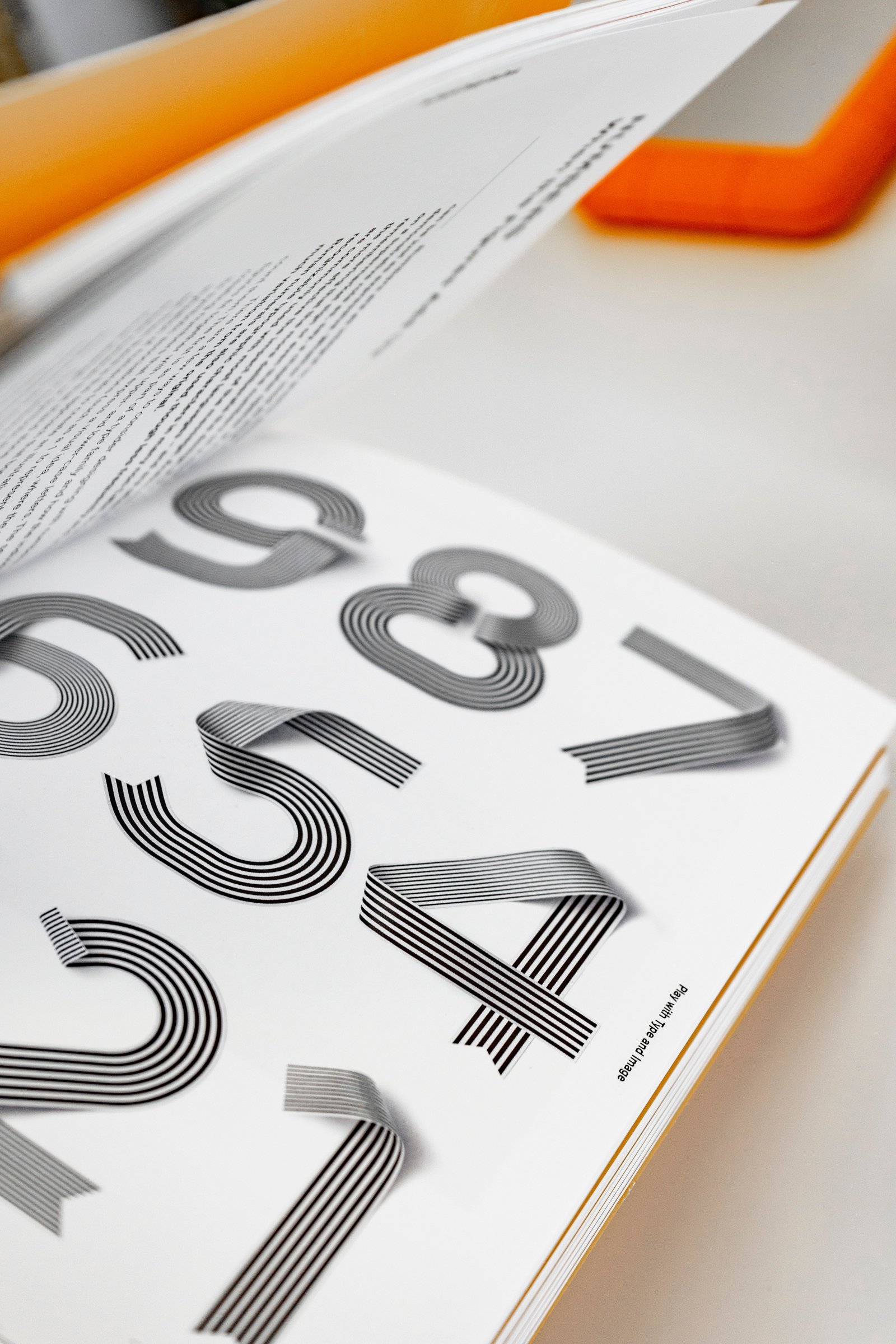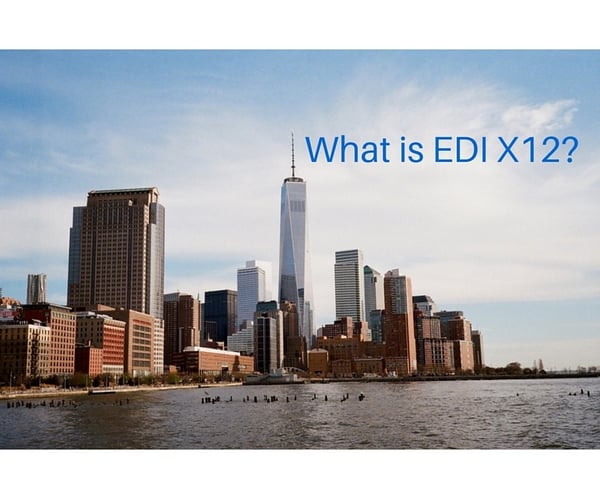What is EDI X12?

Overview
Most industries in the US use the EDI X12 standard for electronic data interchange. So if you're looking to perform automated business transactions in the US, you have to be familiar with it.

What is X12?
As you probably know by now, EDI or Electronic Data Interchange allows two trading partners to exchange electronic business documents using a common format. One of the widely accepted formats is EDI X12. Developed by the American National Standards Institute (ANSI) Accredited Standards Committee X12 (ASC X12), EDI X12 or X12 came into being in 1979. It has since been adopted by various industries.

There are different types of EDI documents. Each one corresponds to a "real-world" business document, like: invoice, price/sales catalog, health care claim, purchase order, air shipment information, vehicle shipping order, business credit report, shipment information, and many others.
In the X12 EDI standard, these documents are assigned 3-digit numbers like 810 for invoice, 832 for price/sales catalog, 837 for health care claim, 850 for purchase order and so on.
Another number that's important in EDI transactions is the standard's release or version number. Different versions of the standard are generally not compatible. So before you transact with a trading partner, both of you must first agree which X12 version and document types you'll be using. In X12 jargon, EDI documents are called "transaction sets".
Parts of an X12 document
A typical X12 document consists of several segments, which are in turn composed of elements. Segments always begin with a 2-3 letter code like ST or ISA. Some segments are mandatory, while some are not. The mandatory segments of X12 are:
- ISA - the interchange header. This contains information about the sender and recipient;
- GS - the functional group header segment of a set of X12 documents of the same document type (transaction set). Here you'll find information about the functional group, e.g. codes for the sender, recipient, and date/time of preparation;
- ST - the transaction set header segment of an X12 document. This marks the start of a transaction set in an interchange;
- SE - the Transaction set trailer segment of an X12 document. This marks the end of a transaction set;
- GE - the functional group trailer segment of a set of X12 documents of the same transaction set. It tells you the number of functional groups and the control group number. It also marks the end of a group of transaction sets; and
- IEA - this marks the end of the interchange. It contains information about the number of functional groups and the interchange control reference number.
Implementation guides
Note that the list above is only the minimum. Some large enterprises tend to make other segments mandatory as well. Because trading partners usually have their own preferences in implementing EDI, it's important to know what those preferences are. They're usually specified in what are known as "implementation guides".
Here are some links to actual implementation guides. You may check them out after reading this article.
- US Department of Housing and Urban Development EDI Implementation Guide
- Pennsylvania Department of Labor & Industry Bureau of Workers' EDI Claims Implementation Guide
- Ameritech EDI Implementation Guide for Bill Payment
X12 in healthcare
One industry that's making extensive use of EDI X12 is healthcare. In fact, the use of ASC X12 is an integral part of the HIPAA Transactions and Code Sets Rule. HIPAA or Health Insurance Portability and Accountability Act was crafted to significantly improve efficiency in the US health care system. The government decided that the best way to do that was to standardize the transactions being carried out in the industry through EDI.
Related post:Securing HIPAA EDI Transactions with AS2
The key EDI X12 transaction sets specified by HIPAA include the following:
- EDI Health Care Claim Transaction Set (837),
- EDI Health Care Claim Payment/Advice Transaction Set (835),
- EDI Benefit Enrollment and Maintenance Set (834),
- EDI Payroll Deducted and other group Premium Payment for Insurance Products (820),
- EDI Health Care Eligibility/Benefit Inquiry (270),
- EDI Health Care Eligibility/Benefit Response (271),
- EDI Health Care Claim Status Request (276),
- EDI Health Care Claim Status Notification (277),
- EDI Health Care Service Review Information (278), and
- EDI Functional Acknowledgement Transaction Set (997)
Other EDI standards
While ASC X12 is the de facto EDI standard in the US, there are also other standards out there. Some of the more popular standards are:
- EDIFACT - the most widely used EDI standard outside the US;
- TRADACOMS - used by the UK retail industry; and
- ODETTE - used by the European automotive industry
Ways of exchanging X12 files with trading partners
To carry out a transaction, trading partners need to exchange transaction sets. That means, they need to have a method of transmitting those EDI documents across the state, across the country, or across the globe.
Some of the more commonly used methods include:
- the use of a modem;
- Email;
- the use of a VAN (Value Added Network);
- General-purpose file transfer protocols - e.g. FTP, FTPS, SFTP
- AS2, and
- OFTP
The last two methods, AS2 and OFTP, are actually file transfer protocols that were purposely designed for transmitting EDI. These protocols already come with security functions like electronic return receipts, data-in-motion encryption, and digital certificates. We suggest you click those two links above to learn more about their capabilities as well as their advantages over other methods.
To harness the full potential of EDI, EDI document file transfers should be carried out automatically and securely. This can be done if the file transfer servers used by the two trading partners already come with built-in automation and security capabilities.
If you'd like to try a server with those capabilities, we recommend the free, fully-functional evaluation edition of JSCAPE MFT Server. Just click the download link below. JSCAPE MFT Server is a managed file transfer server with built-in automation, security, and multi-protocol support (including AS2, OFTP, FTP, FTPS, SFTP, HTTP, HTTPS, and AFTP).
Download JSCAPE MFT Server Trial
Related posts
You Know It’s Time To Implement Server To Server File Transfer When..
How To Set Up a Server To Server File Transfer
How To Set Up A Scheduled Automatic Download With A Trading Partner